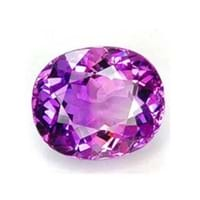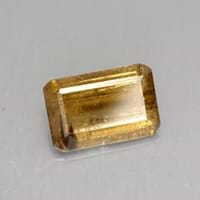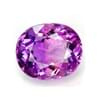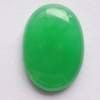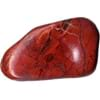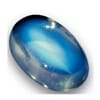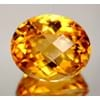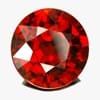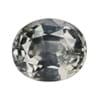Origin
USA, Zambia, Madagascar, India, Sri Lanka, Russia, Australia, Color: violet, purple-violet, Hardness: 7, Refractive index: 1.54 1.55, Density: 2.65 2.66, Chemical composition: SiO2, Crystal structure: hexagonal, Lustre: vitreous, Origins: Widespread; main sources are Brazil, Uruguay, Bolivia, Argentina, USA, East Africa, Zambia, Namibia, Madagascar, India, Sri Lanka, Russia, Brazil, Uruguay, Bolivia, Argentina, Australia, Brazil, Uruguay, Bolivia, Argentina, Australia
Sri Lanka
Color
Violet, White, Colorless, Blue, Red, Green, Yellow, pink, Violet, pink
Black, Brownish, Reddish, Brown, Red, Yellow, White, Colorless, Brown, Brownish, Black, Colorless, Green, gray
Streak
White
White, Brownish, Brownish, White
For which Rashi?
Pisces, Scorpio, Sagittarius, Pisces, Scorpio, Sagittarius, Pisces, Scorpio, Sagittarius
Not Available
Planet
Not Available
Not Available
Element of Planets
Water
Not Available
Energy
Receptive
Not Available
Finger
Not Available
Not Available
Ring Metal
Not Available
Not Available
Deities
Diana
Not Available
Not to wear with
Not Available
Not Available
Powers
Love, Courage
Not Available
Planetary
Not Available
Not Available
Talisman
Not Available
Not Available
Tenacity
Not Available
Brittle
Solubility
insoluble in common solvents
insoluble
Durability
Not Available
Not Available
Specific Gravity
2.65
6.86-7.03
Fracture
Conchoidal, ConchoidalWalter Schumann, Gemstones of the world (2001)
Subconchoidal, Uneven, ConchoidalArthur Thomas, Gemstones (2009), Irregular
Cleavage
Indiscernible
{100} imperfect, {110} indistinct; partings on {111} or {011}
Chemical Composition
SiO2
SnO 2Michael OâDonoghue , Gems, Sixth Edition (2006) More from other references
Luster
Vitreous
Adamantine, Greasy
Pleochroism
None
Pleochroic haloes have been observed. Dichroic in yellow
Transparency
Transparent, Transparent to translucent
Transparent, Translucent
Refractive Index
1.544-1.553
1.990-2.105
Optic Character
Not Available
Not Available
Crystal System
Trigonal
tetragonal
Birefringence
0.009
0.096-0.098
Clarity
Transparent
Transparent
Neurological
Not Available
Not Available
Cardiovascular
Not Available
Not Available
Respiratory
Not Available
Not Available
Reproductive
Not Available
Not Available
Digestive
Not Available
Not Available
Psychology
Not Available
Not Available
Healing
Not Available
Not Available
Qualities Associated
Not Available
Not Available
Amethyst Vs Cassiterite Fracture
Fracture is an important parameter when you compare Amethyst and Cassiterite Physical Properties. It is necessary to understand the significance of these properties, before you compare Amethyst Vs Cassiterite fracture. Whenever a gemstone chip breaks, it leaves a characteristic line along its breakage. Such lines are known as fracture and are used to identify the gemstones in their initial stages of production when they are in the form of rough minerals. Fracture is usually described with the terms “fibrous” and “splintery” to denote a fracture that usually leaves elongated and sharp edges. Fracture observed in Amethyst is Conchoidal, ConchoidalWalter Schumann and Gemstones of the world (2001). Cassiterite fracture is Subconchoidal, Uneven, ConchoidalArthur Thomas, Gemstones (2009) and Irregular.
Amethyst Vs Cassiterite Luster
A primary knowledge about Amethyst vs Cassiterite luster is useful in apparent identifications of these gemstones. Luster is the measure of light that gets reflected when incident on a finished cut gemstone. There are two major types of lusters: Silky and Adamantine. Since luster varies between two crystals of even the same gemstone, luster is limited to basic identification criteria. Amethyst exhibits Vitreous luster. Cassiterite, on other hand, exhibits Adamantine and Greasy luster.
